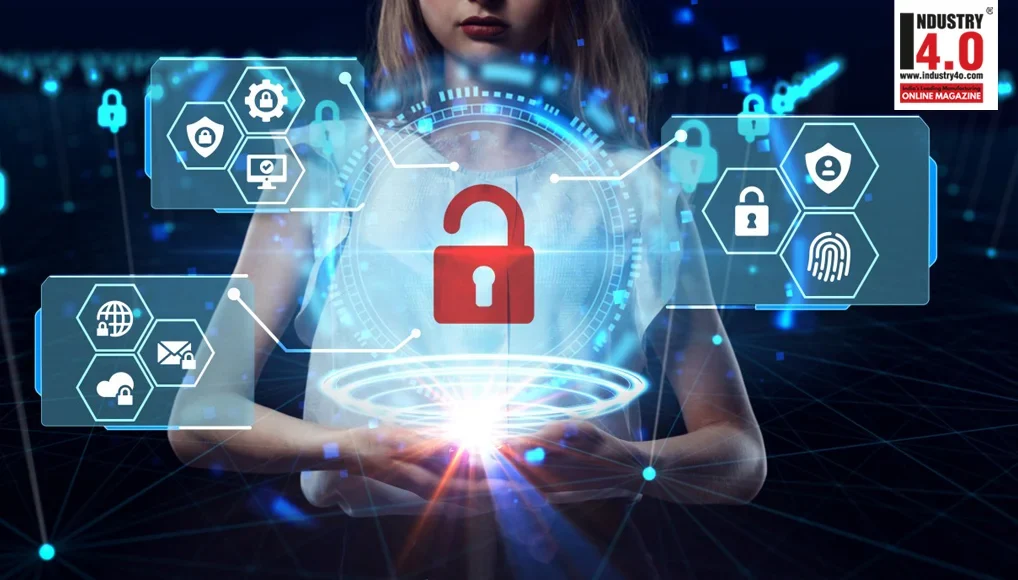Protecting Critical Infrastructure from Cyber Threats
is Crucial
Protecting critical infrastructure from cyber threats is crucial to ensure the stability and security of essential services such as energy, water, transportation, and communication systems.
Here are key steps to help safeguard critical infrastructure from cyber threats:
1. Risk Assessment and Management:
- Identify and assess vulnerabilities in the infrastructure’s IT and operational technology (OT) systems.
- Evaluate potential threats and the impact they could have on critical operations.
- Prioritize risks based on potential consequences and likelihood of occurrence.
2. Implement Strong Access Controls:
- Enforce strong authentication mechanisms, like multi-factor authentication (MFA), to prevent unauthorized access.
- Limit access rights to only those who require them for their roles.
- Regularly review and revoke unnecessary privileges.
3. Network Segmentation:
- Divide the network into segments to isolate critical systems from non-critical ones.
- Implement firewalls, intrusion detection systems (IDS), and intrusion prevention systems (IPS) to monitor and control traffic between segments.
4. Continuous Monitoring:
- Deploy security monitoring tools to detect and respond to potential threats in real-time.
- Implement Security Information and Event Management (SIEM) systems to centralize and analyze security logs.
5. Patch Management:
- Regularly update and patch all software, operating systems, and firmware to address known vulnerabilities.
- Develop a patch management strategy that considers the criticality of systems and the potential impact of updates on operations
6. Employee Training and Awareness:
- Educate employees about cybersecurity best practices and the risks associated with cyber threats.
- Conduct regular training sessions to keep employees informed about emerging threats and attack techniques.
7. Incident Response Planning:
- Develop a comprehensive incident response plan that outlines how to react to various cyber threats.
- Test and update the plan regularly to ensure its effectiveness in addressing new threats.
8. Backup and Recovery:
- Regularly back up critical data and systems, and store backupsin secure offsite locations.
- Test the restoration process to ensure that backups are functional and can be quickly recovered in case of an attack.
9. Vendor and Supply Chain Security:
- Assess the security practices of third-party vendors and suppliers who have access to critical systems.
- Include cybersecurity requirements in contracts and agreements with vendors to ensure their commitment to security.
10. Physical Security:
- Implement physical security measures to protect critical infrastructure facilities from unauthorized access.
- Restrict entry to authorized personnel and monitor access points.
11. Regulatory Compliance:
- Stay informed about relevant industry regulations and compliance standards related to cybersecurity for critical infrastructure.
- Ensure that your organization complies with these standards to minimize legal and financial risks.
12. Collaboration and Information Sharing:
- Collaborate with industry peers, government agencies, and cybersecurity organizations to share threat intelligence and best practices.
- Participation in Information Sharing and Analysis Centers (ISACs) can help in this regard.
Remember that cybersecurity is an ongoing process. Threats evolve, and new vulnerabilities are discovered. Regularly reviewing and updating your security measures is essential to stay ahead of potential risks.
About the author:

Mr. Heramb Desai
Business Head – IT Cyber Security Sales
Bookmark Infotech LLP

Mr. Heramb Desai can be contacted at:
Mobile : +91 – 98336 51199, +91- 83694 10141










